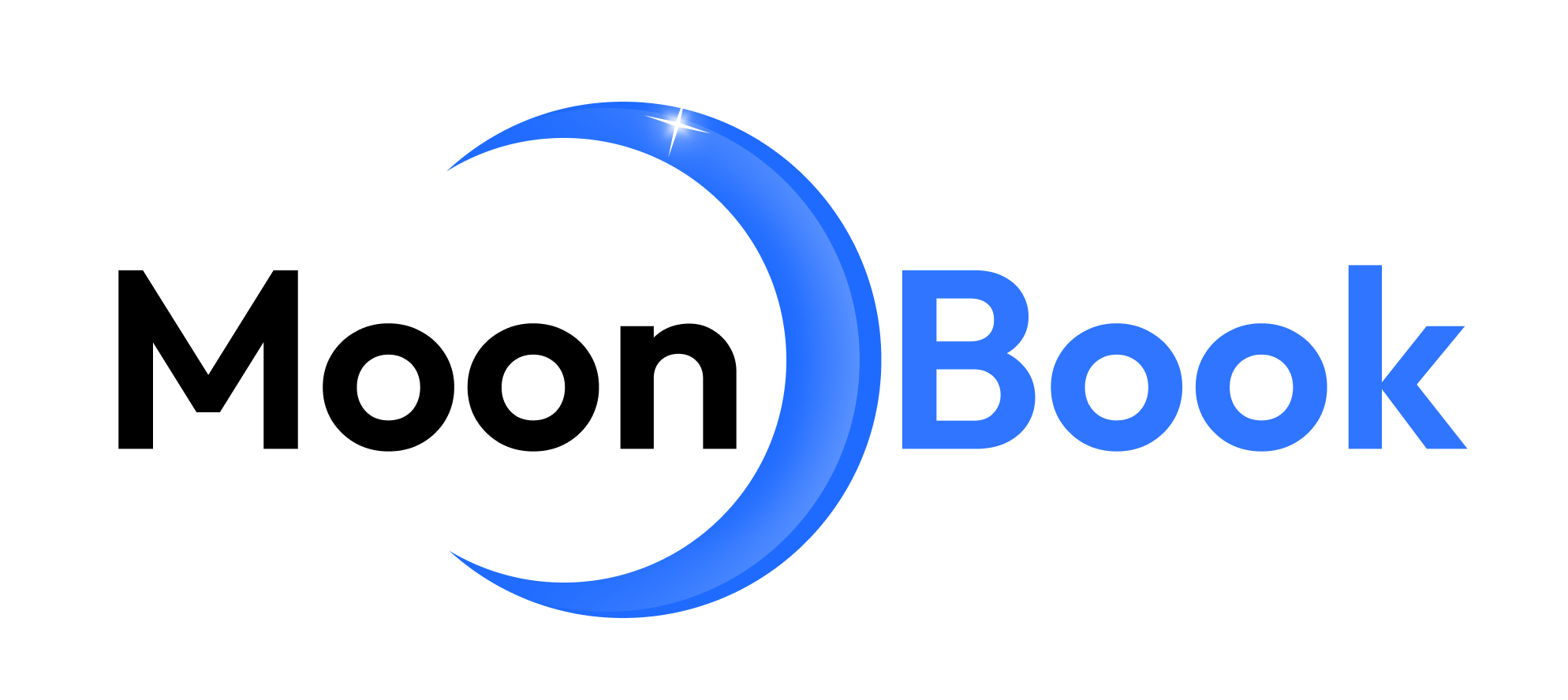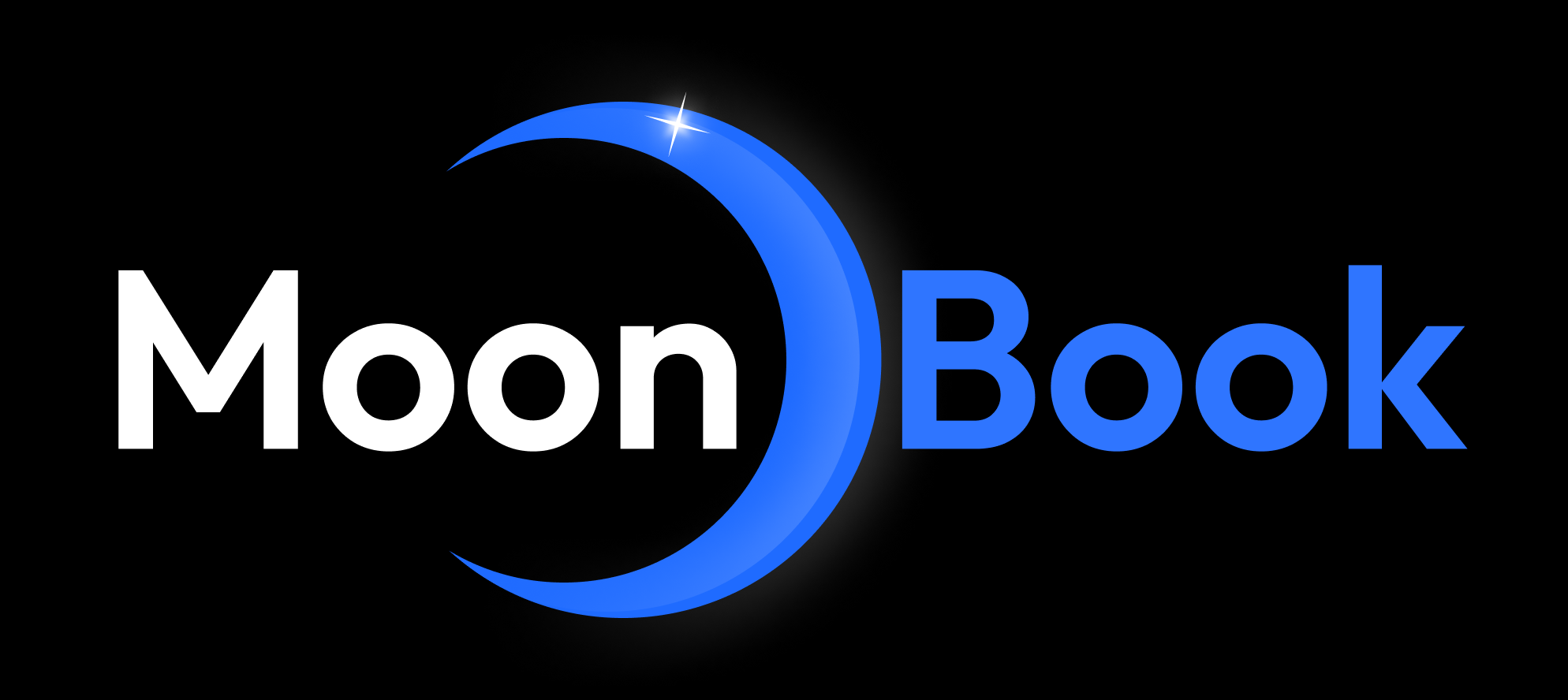The global Respiration Suppressants Market is witnessing a transformative surge in demand, driven by increased prevalence of respiratory disorders and advances in pharmaceutical interventions. As healthcare systems strive to enhance palliative care and anesthesia management, the market for respiration suppressants—drugs that slow down or inhibit the breathing process—is experiencing notable growth worldwide. This market encompasses therapeutic agents primarily used in controlled environments such as surgeries, intensive care units (ICUs), and emergency medicine.
With expanding applications in both human and veterinary medicine, the market is becoming an essential component of global respiratory and neurological drug portfolios. Technological innovations, regulatory approvals, and growing awareness of advanced respiratory therapies are key contributors to the rising market adoption.
According to Research Intelo, the respiration suppressants market is anticipated to grow significantly over the forecast period (2024–2032), supported by increasing demand from developed and developing economies alike. North America and Europe continue to lead in terms of market share, but Asia-Pacific is expected to witness the highest CAGR, owing to improvements in healthcare infrastructure and increased medical expenditures.
Key Drivers of Market Expansion
Several factors are accelerating the growth trajectory of the respiration suppressants market:
-
Increasing Incidence of Chronic Respiratory Diseases: Rising global cases of conditions like COPD, asthma, and sleep apnea are heightening the demand for advanced respiratory interventions.
-
Growing Surgical Volume Worldwide: With a rise in surgical procedures, particularly in aging populations, the use of anesthesia-related drugs including respiration suppressants has increased.
-
Expansion in Palliative Care and ICUs: Enhanced focus on end-of-life care and critical care units across hospitals is fueling consistent demand for controlled respiration modulation agents.
Additionally, the market is benefiting from the increased focus on precise drug delivery systems and personalized medicine, which enhance the efficacy and safety of these medications.
Market Restraints and Challenges
Despite a promising growth outlook, the market is not without its constraints:
-
High Risk of Side Effects and Drug Misuse: Respiration suppressants carry the risk of respiratory failure and dependency, leading to strict regulatory scrutiny.
-
Stringent Regulatory Approvals: Getting new suppressants approved requires extensive clinical trials and adherence to rigorous safety standards, potentially slowing market entry.
-
Limited Accessibility in Low-Income Regions: In many underdeveloped regions, access to advanced pharmaceutical care remains restricted, impeding market penetration.
These challenges necessitate robust clinical monitoring systems and policy interventions to ensure safe and effective usage of respiration suppressants across diverse healthcare settings.
Explore In-Depth Data & Forecasts
📄 Request a Sample Report: https://researchintelo.com/request-sample/2444
Opportunities Fueling Future Growth
The respiration suppressants market holds promising potential in several areas:
-
Innovation in Drug Formulation: Development of extended-release suppressants and combination therapies enhances both therapeutic efficacy and safety.
-
Rising Medical Tourism: Countries in Asia-Pacific and Latin America are seeing a boom in medical tourism, increasing the use of anesthetic and sedation agents, including respiration suppressants.
-
Telemedicine and Remote Monitoring: Advances in healthcare technologies allow for better respiratory monitoring, supporting controlled usage even in outpatient settings.
These opportunities, coupled with rising investment in pharmaceutical R&D, will likely create lucrative avenues for future market expansion.
Global Market Dynamics and Trends
The global respiration suppressants market is expected to exceed a valuation of USD XX billion by 2032, growing at a CAGR of approximately XX% from 2024. The market is marked by:
-
Strong institutional demand from hospitals, ambulatory surgical centers, and trauma care units.
-
Shift toward synthetic opioid alternatives due to increasing concerns over opioid dependency.
-
Integration with AI and decision-support systems to guide dosage and timing in critical care environments.
Emerging economies such as India, China, and Brazil are anticipated to emerge as high-potential markets due to growing public health expenditure and healthcare modernization.
📊 View Full Report: https://researchintelo.com/report/respiration-suppressants-market
Segmental Analysis and Applications
The respiration suppressants market is segmented based on:
-
Drug Class: Opioids, benzodiazepines, barbiturates, and others.
-
Formulation: Oral, injectable, and transdermal.
-
Application: Surgery, critical care, emergency care, palliative treatment.
-
End-users: Hospitals, specialty clinics, ambulatory centers.
Among these, opioids and benzodiazepines remain the most widely used, though newer alternatives are being explored for better safety profiles.
Regional Outlook: From Dominance to Emerging Frontiers
-
North America: Holds the largest market share due to advanced healthcare systems and high prevalence of respiratory and neurological conditions.
-
Europe: Follows closely, backed by favorable government policies and healthcare funding.
-
Asia-Pacific: Poised for rapid growth with rising healthcare investments, urbanization, and skilled healthcare professionals.
-
Latin America & MEA: These regions are gaining momentum with improved medical access and regulatory reforms.
This regional diversification points to a balanced global market that is responsive to localized healthcare needs and economic capabilities.
💬 Enquire Before Buying: https://researchintelo.com/request-for-customization/2444
Outlook and Competitive Landscape
While the respiration suppressants market remains highly regulated, the demand for effective and safe sedative agents ensures continuous innovation. Partnerships between research institutions and pharmaceutical developers are contributing to advanced clinical pipelines. The emphasis is now shifting toward:
-
Minimizing adverse effects
-
Improving patient outcomes
-
Streamlining drug administration protocols
Stakeholders, including hospitals, research bodies, and healthcare policymakers, are investing in education and training to ensure responsible use of these potent drugs.
🛒 Check Out the Report: https://researchintelo.com/checkout/2444
Conclusion: A Market of High Potential and High Responsibility
The respiration suppressants market stands at a critical juncture. While the therapeutic demand continues to climb, so does the responsibility to ensure ethical, safe, and effective usage. With the confluence of technological advancement, global healthcare expansion, and evolving regulations, the market is set to experience both dynamic challenges and exponential growth.


